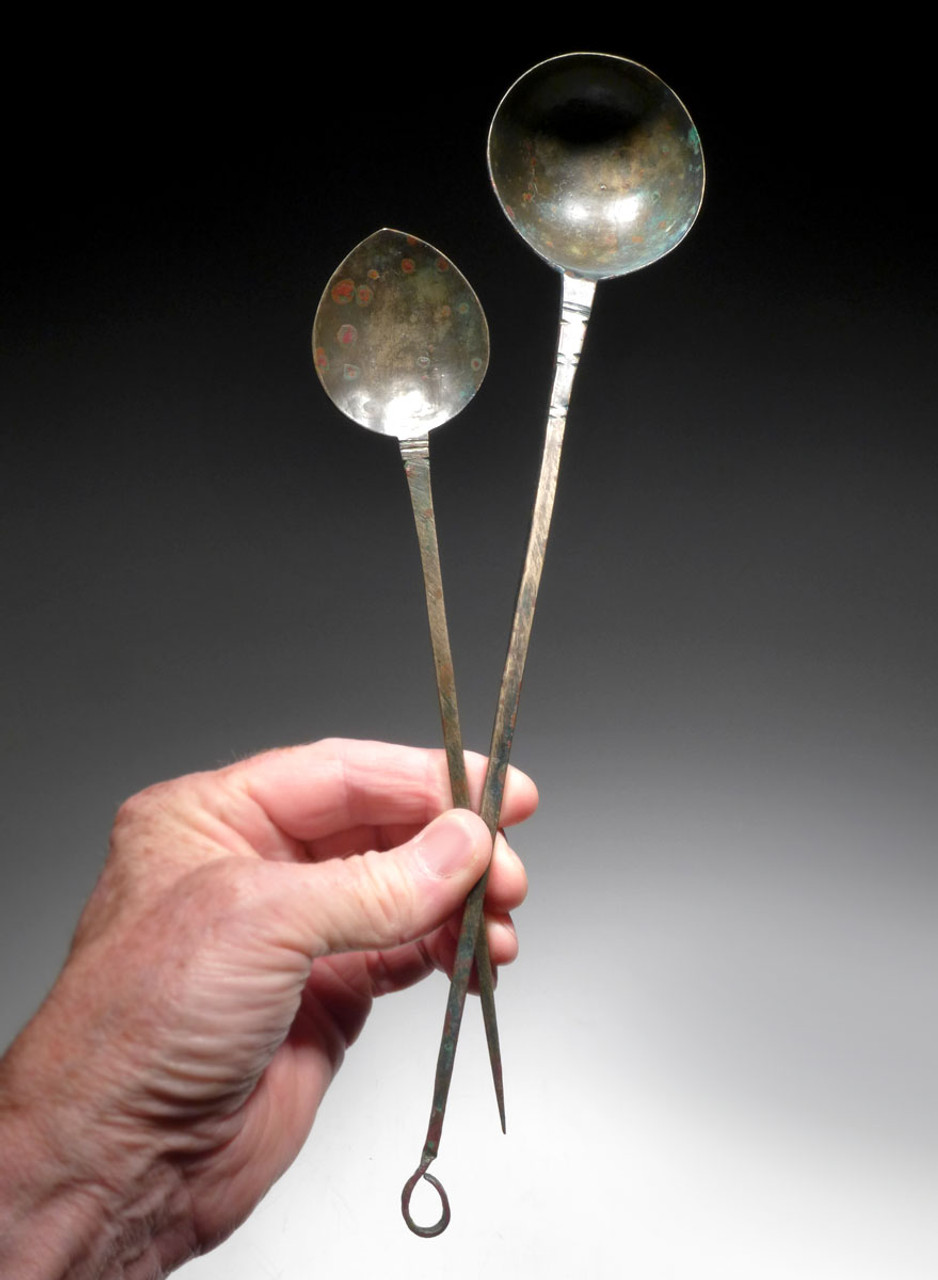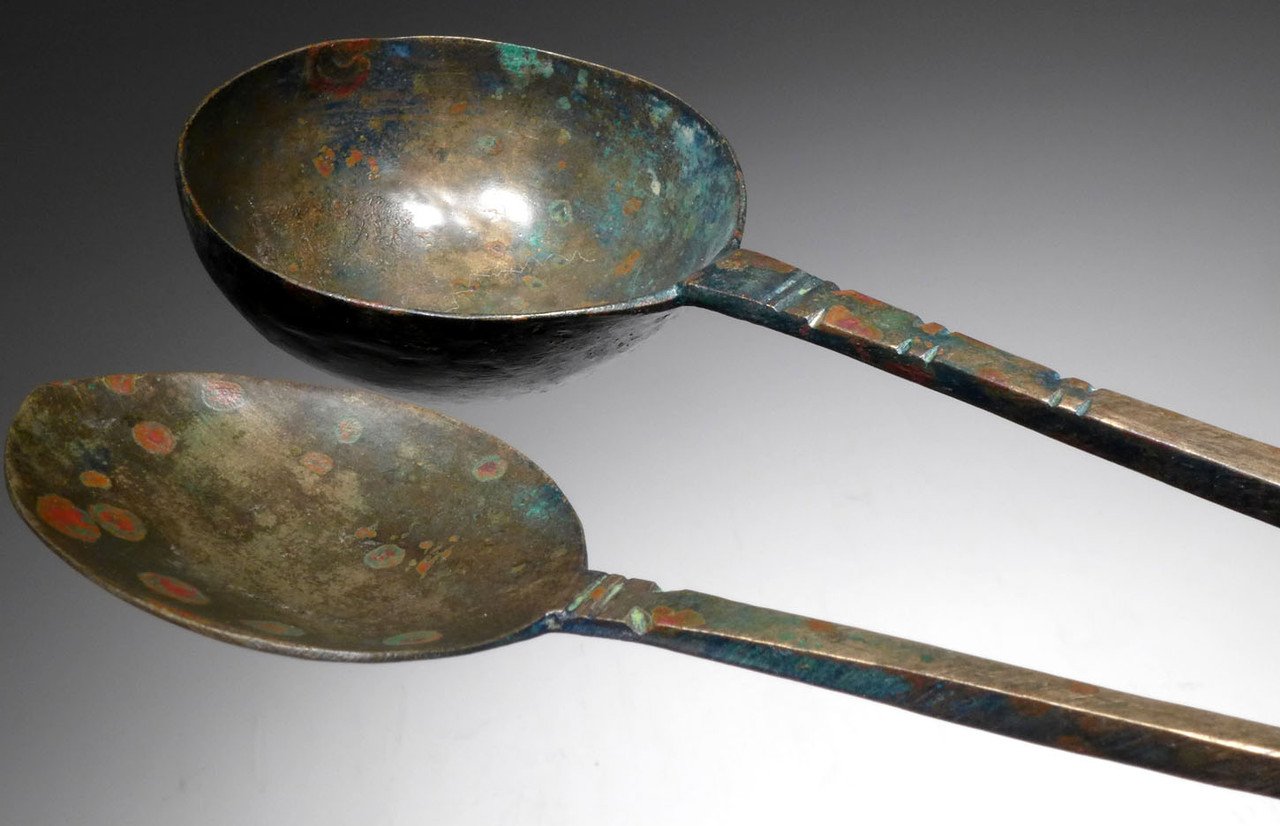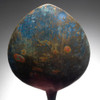Product Description
This is a very RARE set of liturgical implements that a priest in the ancient Roman Byzantine Empire would have used to distribute the Eucharist during a worship ceremony. It includes both, the spoon and a ladle, both used by a priest during the Eucharist. The spoon was used to place the consecrated bread in the mouth of a Christian who was receiving communion. The ladle was dipped in hot water to mix a little with the chalice of wine which represented the blood of Christ.
As one of the rarest Roman Byzantine items we have ever offered, the scarcity of these implements is emphasized by the scarcity of these objects during the Roman Byzantine Empire. Such implements would have only resided in a church or as traveling priestly tools that were carried by priests assigned to deployed military troops. Considering the gravity of the moment, priests would bless and hold communion ceremonies for soldiers who were were believers, just before a battle.
Both of these implements show faint traces of gilding, especially the spoon. They are also complete with no damage. A former collector cleaned both objects but ancient deposits of green malachite, azurite and cuprite as plainly visible on the surfaces. These liturgical implements would have been used together during communion and are an original matched set. They share identical designs, patinas, alloy colors and conditions.
In most liturgical rites, such as the Roman, Byzantine, Antiochene, and Alexandrian, a small quantity of water is added to the wine when the chalice is prepared, while in the Armenian Rite the wine is consecrated without the previous mingling of water. In the Byzantine Rite some hot water, referred to as the zeon (Greek: "boiling"), is added to the consecrated wine shortly before the Communion. Originally a common practice in the ancient Mediterranean, this ritual has been accorded multiple symbolic meanings, such as the mystery of Christ's human and divine natures, his unity with the Church, and the flow of blood and water from Christ's side at his death.
In the Byzantine Rite, when it comes time for the Christian Communion of the faithful, the bread is distributed to the faithful using the liturgical Spoon. In this way, the believers receive both the Body and Blood of Christ, without taking the Sacrament into their hands. At the end of the Liturgy, the priest will use the Spoon to consume the remaining Gifts (Body and Blood of Christ), and then wash the Spoon, Spear and Chalice using wine and hot water (the Diskos (Paten) is usually washed only with hot water). Since the Spoon is one of the Sacred Vessels it is usually kept on the Table of Oblation (Prothesis), where the bread and wine are prepared for the Eucharist. Often when a Chalice and Diskos are made, an Asterisk, Spoon, and Spear will be made to match them. Because it touches the Body and Blood of Christ, the liturgical spoon should be made of gold, or at least be gold plate
Unlike most ancient metal artifacts sold on the market that are untreated and uncleaned, our specimens our properly cleaned, inspected and conserved in our museum conservation lab prior to being offered for sale to our clients. Every piece we offer is cleaned, stabilized and treated in our facility. If it were not treated properly, it would further deteriorate. The vast majority of sellers of metal artifacts do NOT PROPERLY clean and treat their specimens, and many do nothing at all. If those artifacts are NOT treated and stabilized correctly, THEY WILL CONTINUE TO CORRODE AND COULD EVENTUALLY FALL APART.
HISTORY
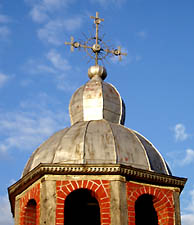 Perhaps no other epoch in history is so unique, extensive and yet, as much forgotten as that of the Byzantine Roman Empire. From the founding of its new capitol in Constantinople, 330 AD to its final fall to the Ottoman invaders in 1453, over eleven hundred years of history has virtually been lost in most minds of the Western world. Ironically, it is this exact history that has extensively shaped the Western cultures today, especially those of the Christian faith.
Perhaps no other epoch in history is so unique, extensive and yet, as much forgotten as that of the Byzantine Roman Empire. From the founding of its new capitol in Constantinople, 330 AD to its final fall to the Ottoman invaders in 1453, over eleven hundred years of history has virtually been lost in most minds of the Western world. Ironically, it is this exact history that has extensively shaped the Western cultures today, especially those of the Christian faith.
No event in Western history was probably more pivotal than that of the Christian conversion of the Roman emperor Constantine I. Up to that time, Christians were heavily persecuted by many of the previous emperors and the religion was outlawed. That would all change in 324 AD with a miraculous military victory and subsequent conversion to Christianity by Constantine I at the Milvian Bridge. From this point on, Christianity became the official religion of the Empire. A new capitol was established in Constantinople (present day Istanbul, Turkey) and power was fully transferred from Rome to Constantinople in 476 AD. It was not the end of the Roman Empire but a continuation and fascinating transformation of Roman rule that would last for another one thousand years!
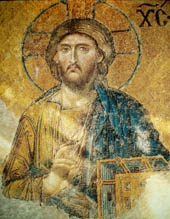 In the Byzantine Period, the Roman Empire and Christianity were completely interwoven. It was the quintessential example of the UNION of church and state. What was once the ancient world's greatest enemy of the faith, overnight became its most devoted advocate. The classic architecture, style of dress, and overall appearance of all that was "Old Rome" took on a new and intricate style that the world has never seen before or since. This was not only attributed to the influence of the capitol's new geographic location, but also to the foremost prominence of Christianity in the Roman world.
In the Byzantine Period, the Roman Empire and Christianity were completely interwoven. It was the quintessential example of the UNION of church and state. What was once the ancient world's greatest enemy of the faith, overnight became its most devoted advocate. The classic architecture, style of dress, and overall appearance of all that was "Old Rome" took on a new and intricate style that the world has never seen before or since. This was not only attributed to the influence of the capitol's new geographic location, but also to the foremost prominence of Christianity in the Roman world.
A well-known remnant of the Byzantine Period is the stunning and unique art of the religious Icons. This abstract spiritual style can be immediately recognized and is evident in not only paintings and mosaics but also the era's architecture and coins. What was once thought of as crude numismatic issues are now appreciated as highly stylized symbols of the Romans' devout faith.
After the establishment of Constantinople as the new capitol and navel of the Roman world, the Empire continued for almost a millennium eventually bridging ancient and medieval history but not without its share of enemies. Numerous challenges of foreign armies took its toll on defenses and finally, on May 29, 1453 AD, the Muslim Ottomans overran the crumbling city walls and the sun set forever on the greatest empire that the ancient world had ever known.
 US DOLLAR
US DOLLAR
 EURO
EURO
 AUSTRALIAN DOLLAR
AUSTRALIAN DOLLAR
 CANADIAN DOLLAR
CANADIAN DOLLAR
 POUND STERLING
POUND STERLING

